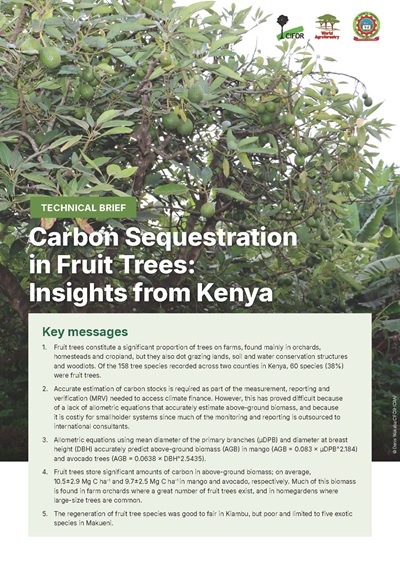The Giant Anteater (Myrmecophaga tridactyla), facing threats from habitat degradation and hunting, remains a species of enigmatic behavior. This study analyzed camera trap data collected over 7700 camera trap nights in 49 stations near marked trees in Southern Guyana. A total of 883 Giant Anteater sightings were recorded, categorized into solitary adults (797), females with offspring (70), solitary juveniles (8), and paired adults (6). Meticulous observations documented various behaviors, distinguishing chemical (sniffing) and visual (scratching, climbing, hugging, rubbing) tree-marking from non-tree-marking behaviors (foraging, self-scratching, rolling, urinating/defecating). For solitary individual, a PCA revealed an inverse correlation between ignoring and sniffing (explaining 33.64 % of PC1), suggesting individuals engage in one behavior per observation. We observed an inverse correlation between hug/scratch/rub and climb (20.75 % of PC2). A weighted PCA assessing correlations by social categories, distinguishing marking behaviors from ignoring the tree (explaining 95.6 % of PC1). Scratching trees without climbing or hugging occurred from 3 pm to 1 am, with climbing most frequent between 8 and 10 pm. These behaviors were common during peak anteater sightings, peaking in May, with fewer observations in September. Overall, Giant Anteaters exhibit tree-marking behaviors, including scratching, climbing, and hugging and that a primary purpose for this behavior is communication.
Download:
DOI:
https://doi.org/10.1515/mammalia-2023-0006
Puntuación Altmetric:
Dimensiones Recuento de citas:




















